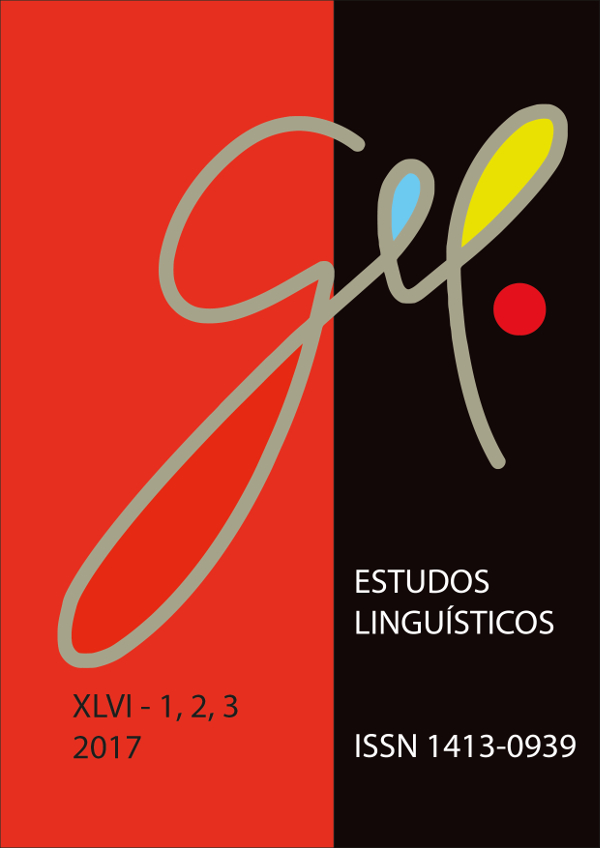Cartoons and set out-answers: the one word against the other breaking and building meanings
DOI:
https://doi.org/10.21165/el.v46i3.1532Keywords:
charge, dialogism, ethical act, senses, speechAbstract
Found in the media, usually in newspapers and social networks, the cartoon is a genre that promotes a complex dialogue with aspects that permeate society in a highly political, ironic and critical form. These elements contribute so that cartoon be an important object of analysis for dialogic-discursive studies, in particular to understand how meanings are built in the speech. This article, by signaling such rich arrangement and with the theoretical basis of Bakhtin’s writings and the Circle, aims to answer the following questions: How does occur the dialogic construction of meanings considering the production and acceptance of speeches in cartoons with high impact (which generated many comments and statements from readers)? How different social voices engender and reflect meanings in speech? In order to answer these questions, it was selected as the corpus for the present discussion, a cartoon by the cartoonist João Montanaro in Folha de São Paulo newspaper and two comments from readers on that cartoon were also selected, which were available in the cartoonist's page in the social network Facebook. The concepts on dialogism and construction of meanings permeate all work beyond the philosophical contributions on the design of responsible and responsive ethical acts, studies on the design of the utterance as a unit of discursive communication and some reflections on the elements of the cartoon genre. From the performed analysis, we can realize the diversity of meanings constructed (the breaks and made links) within the discursive communication chain from the different aspects valued by readers regarding the critical content of the cartoon.Downloads
References
ANDRADE, A. C. de. A charge: análise do processo enunciativo-discursivo numa perspectiva dialógica. 2014. 329 f. Tese (Doutorado em Letras) – Programa de Pós-graduação em Letras, Universidade Federal de Pernambuco, Recife, 2014.
BAKHTIN, M. Apontamentos de 1970-1971. In:____. Estética da Criação Verbal (1979). Tradução de Paulo Bezerra. 6. ed. São Paulo: Martins Fontes, 2011.
________. Gêneros do Discurso (1952-1953). In:_______. Estética da Criação Verbal. Tradução de Paulo Bezerra. 6. ed. São Paulo: Martins Fontes, 2011 [1979].
_______. Para uma filosofia do ato responsável (1920-1924). Tradução de Valdemir Miotello e Carlos Alberto Faraco. São Carlos: Pedro e João Editores, 2010.
BAKHTIN, M./VOLOCHÍNOV, V. N. Marxismo e filosofia da linguagem. Tradução de Michel Laud e Yara Frateschi. São Paulo: Hucitec, 2009.
BRAIT, B.; MELO R. Enunciado/enunciado concreto/enunciação. In: BRAIT, B. (Org.). Bakhtin: conceitos-chave. São Paulo: Contexto, 2007. p. 61-78.
CÂMARA JR, J. Mattoso. História da Linguística. 7. ed. Petrópolis: Vozes, 2011.
ROMUALDO, E. Charge jornalística: intertextualidade e polifonia – Um estudo de charges da Folha de S. Paulo. Maringá: Eduem, 2000.



